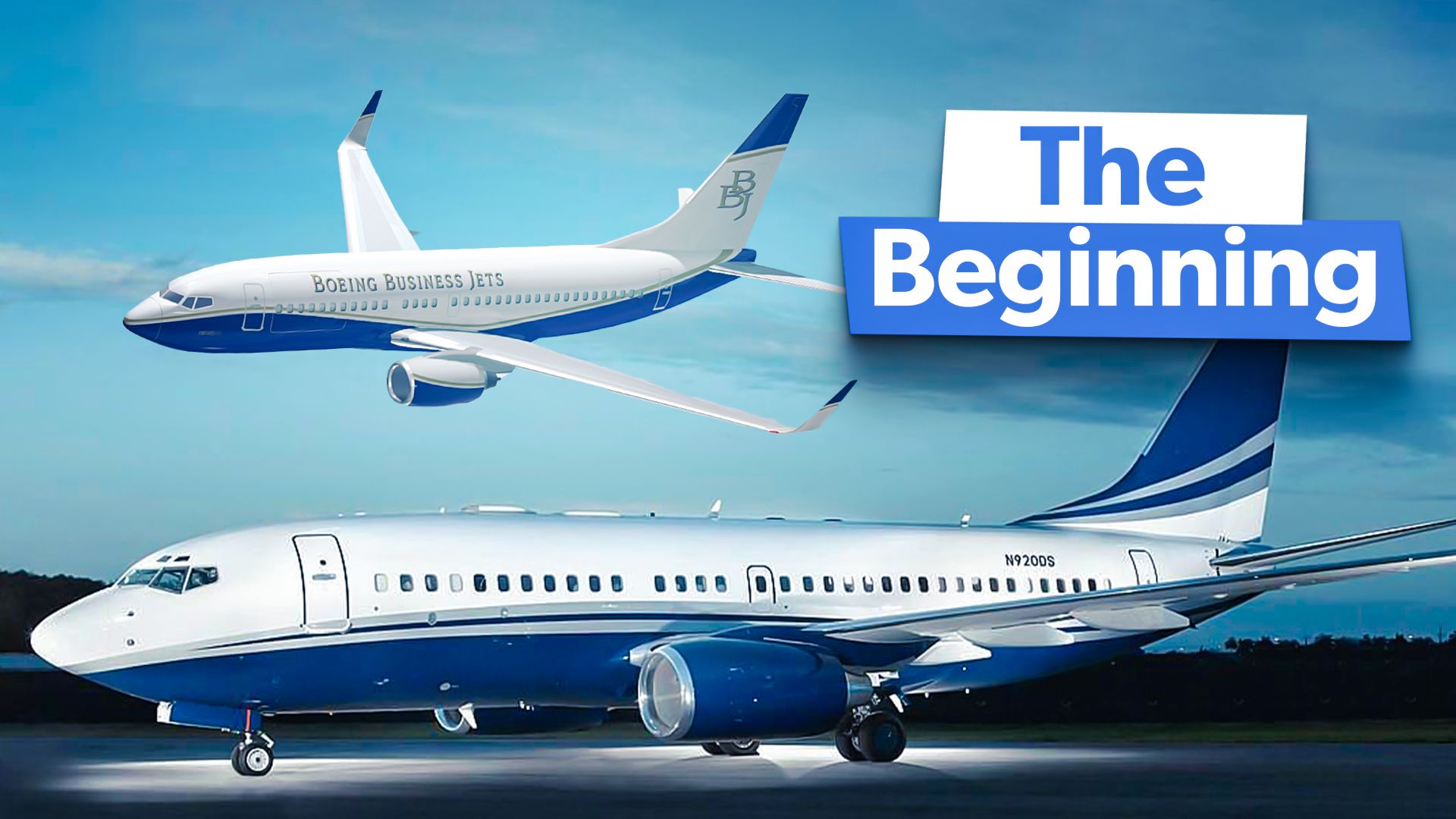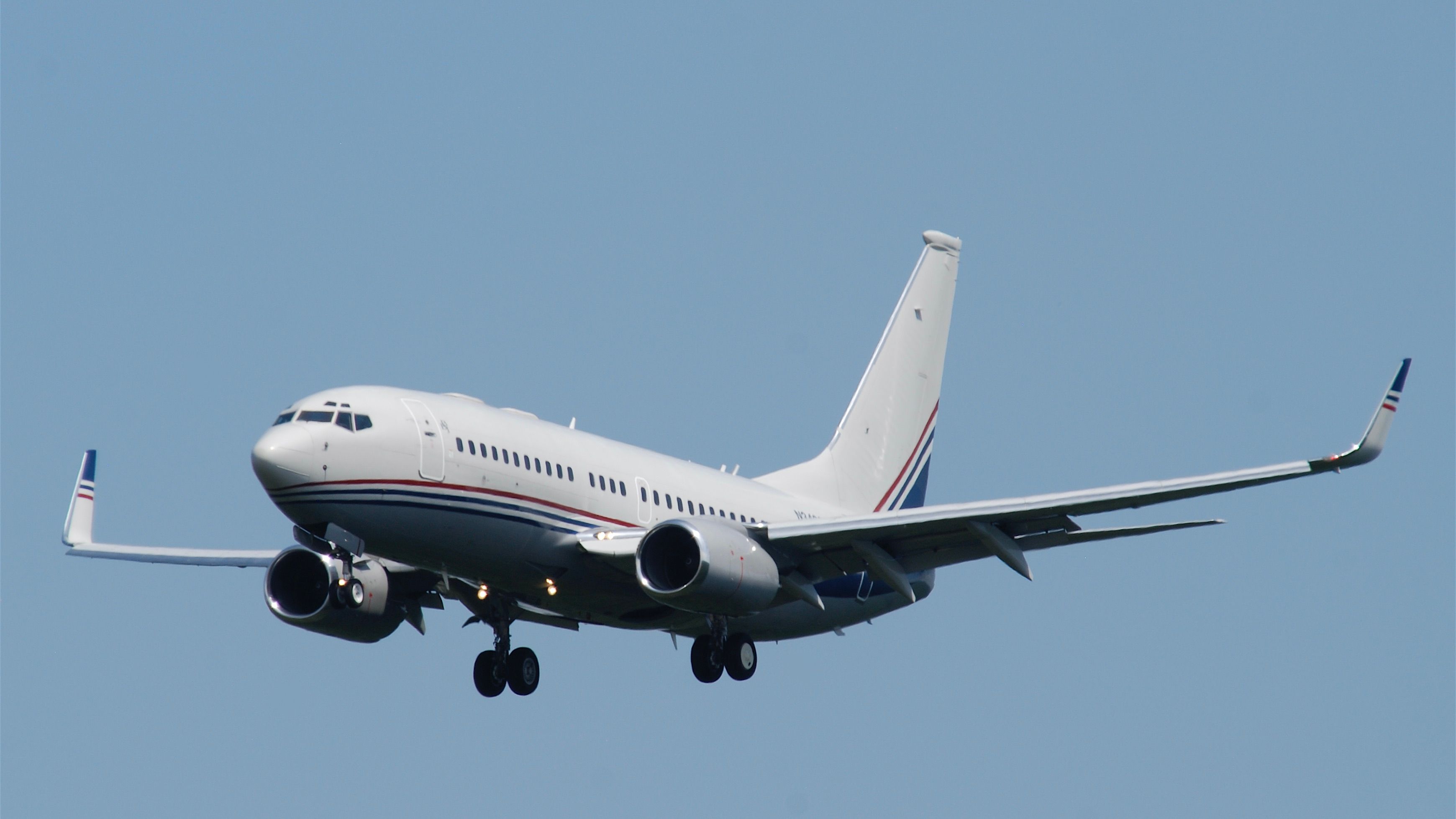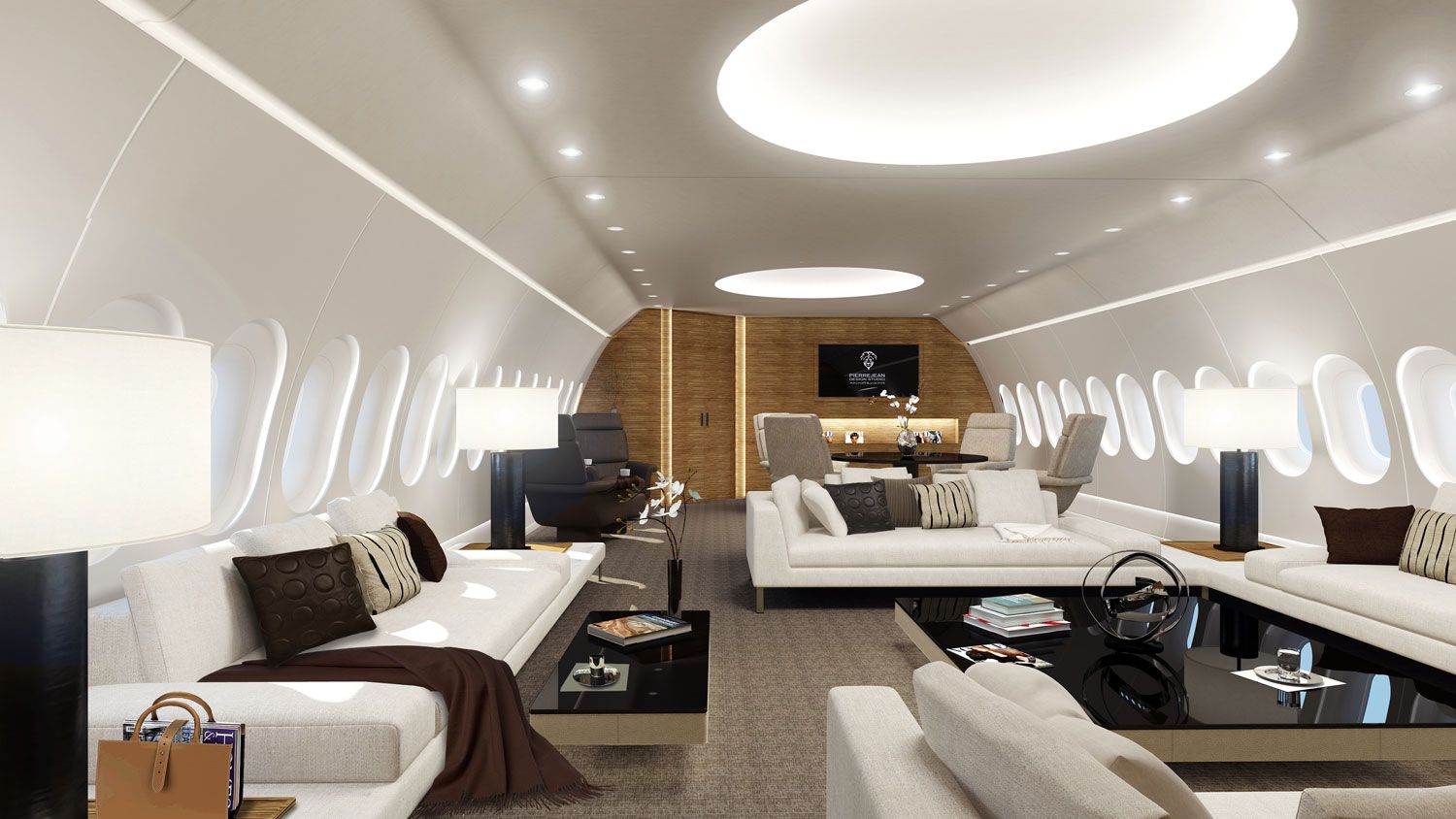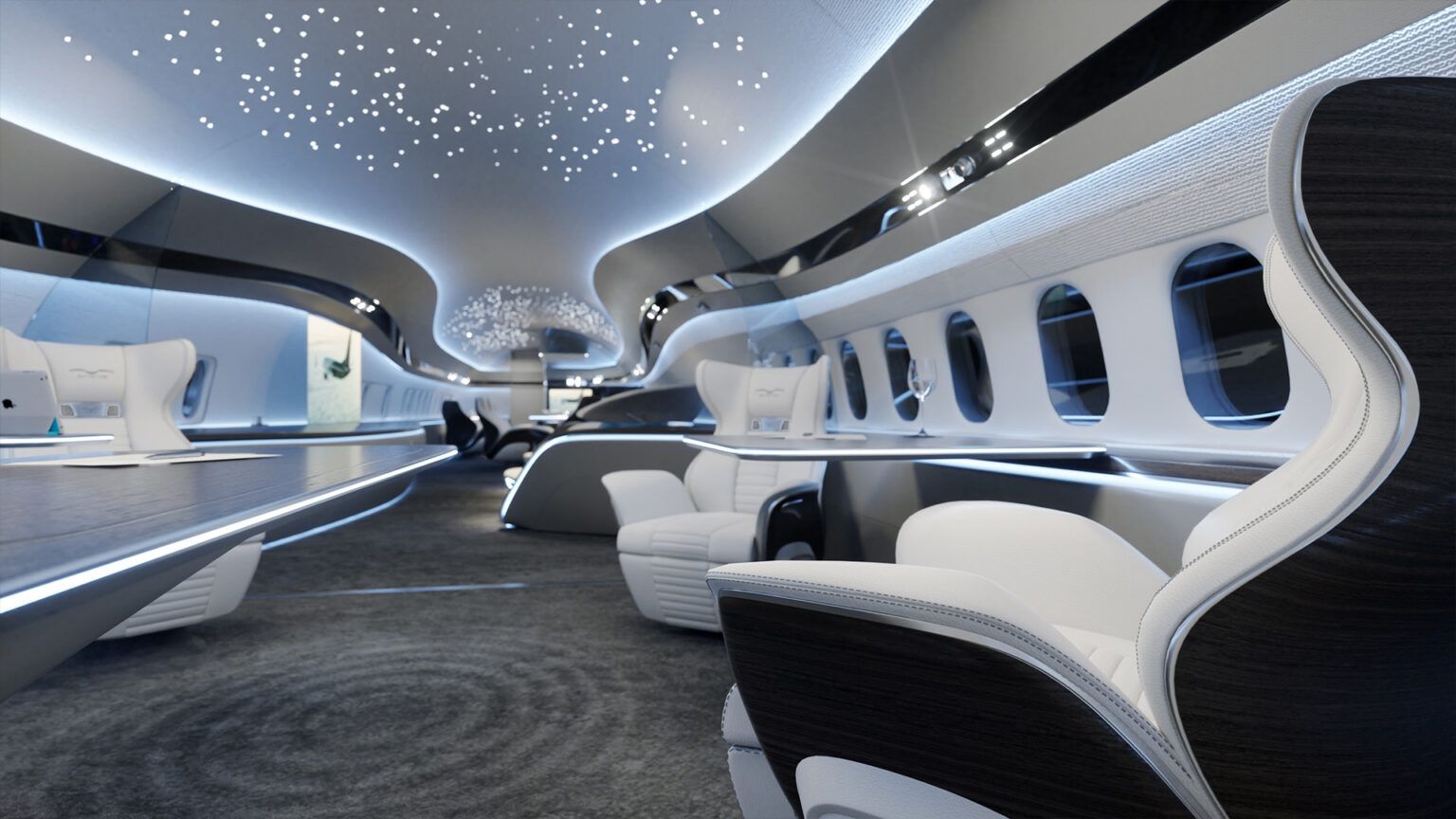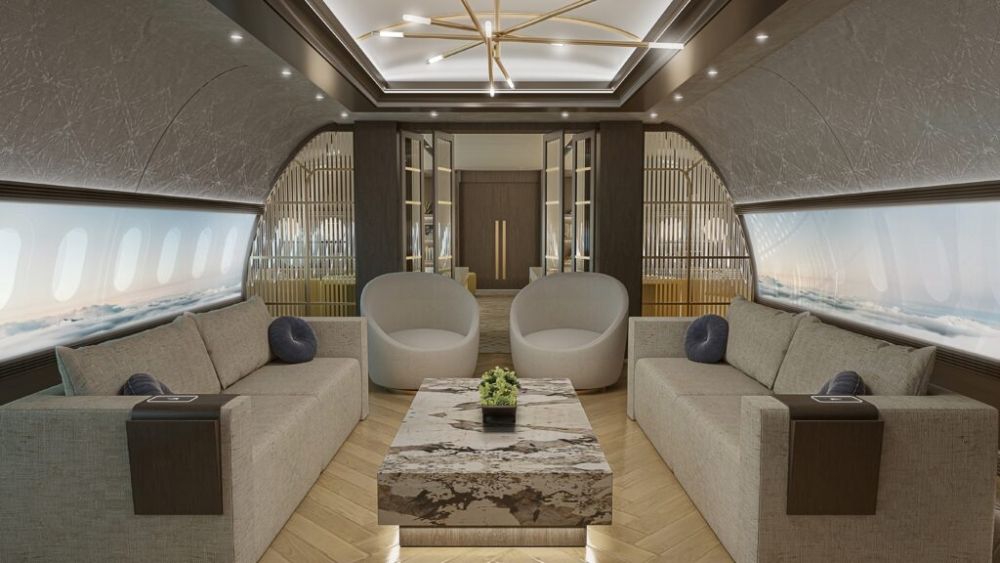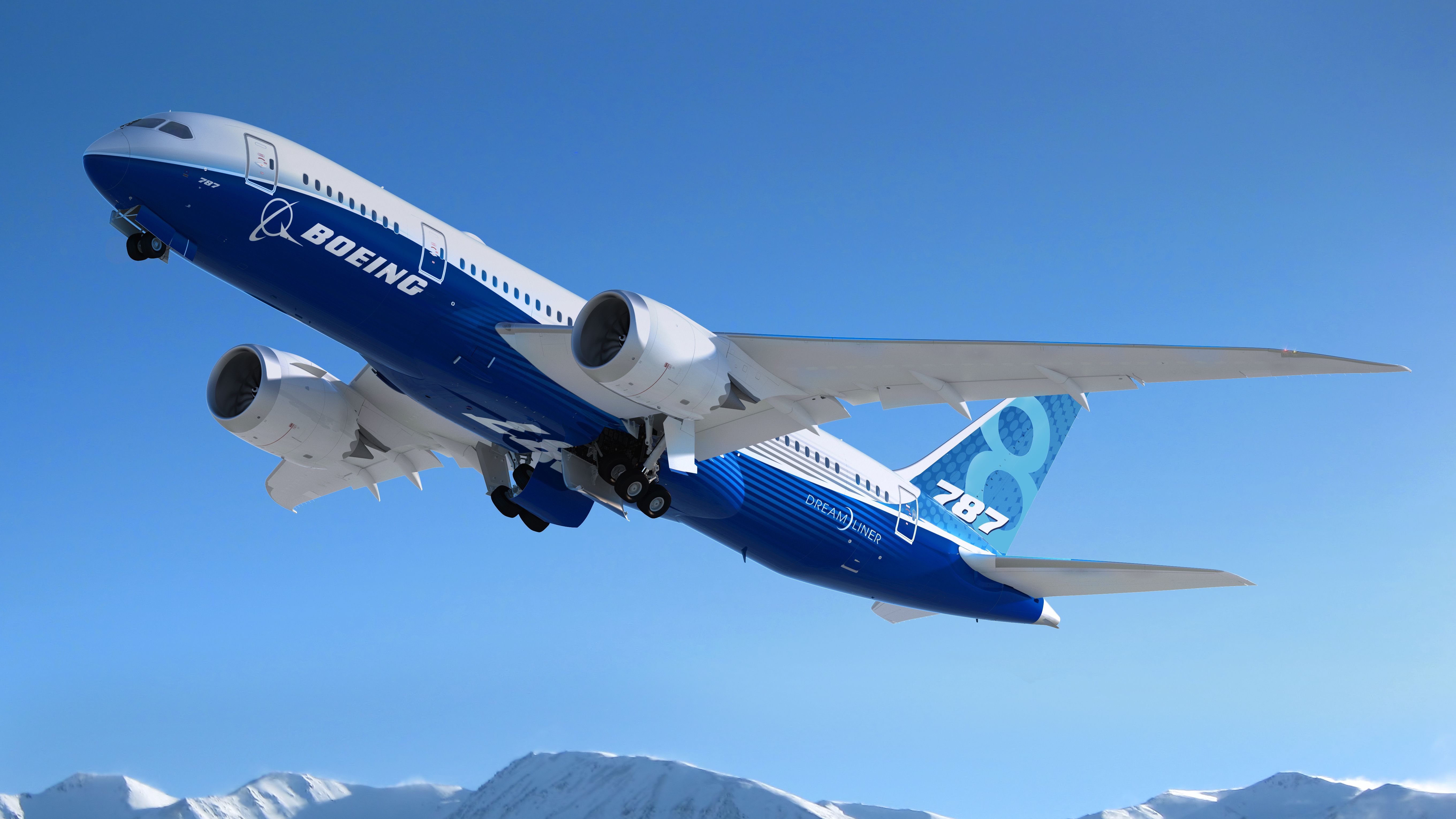Summary
- Boeing BBJs offer large corporate jets for 30-75 passengers, catering to the needs of large corporations.
- BBJ offers customizable interiors in their Max 7, 8, and 9 models, with a focus on large cabin space.
- Offering both narrowbody 737 MAX and widebody 787 Dreamliner BBJs, Boeing dominates the large corporate aircraft market.
The Boeing Business Jet (BBJ) division is responsible for developing corporate versions of its iconic commercial airliners. Whether it is a narrowbody 737 MAX or a jumbo jet 747-8I, Boeing offers customized business jets to individuals, corporations, and governments/heads of state. The high-performance derivatives of Boeing’s commercial jets did not begin until 1996.
Humble beginnings
In 1996, Phil Condit, then president of Boeing, and Jack Welch, then Chief Executive Officer of General Electric, saw a niche in the market for a large corporate jet to serve governments and large corporations. Condit and Welch requested Borge Boeskov of Boeing design a high-performance derivative of the iconic Boeing 737 Next Generation (NG) for corporate users.
The first BBJ was rolled out in July 1998 and performed its first flight in September. It was the first time business individuals and corporate users had a larger alternative available on the market. The first BBJ was named BBJ1. The BBJ identification became synonymous with all Boeing aircraft modified to serve in the business jet market.
In the years following the success of BBJs, Boeing expanded its BBJ brand to include the latest generation of 737 aircraft, the 737 MAX, as well as various offerings in the widebody category, including Boeing 747-8, 777, 777X, and 787 Dreamliner. The company is currently producing two aircraft types in the BBJ line, the 737 MAX and the 787 Dreamliner.
The European manufacturing giant Airbus followed suit with the launch of its Airbus Corporate Jet (ACJ) program.
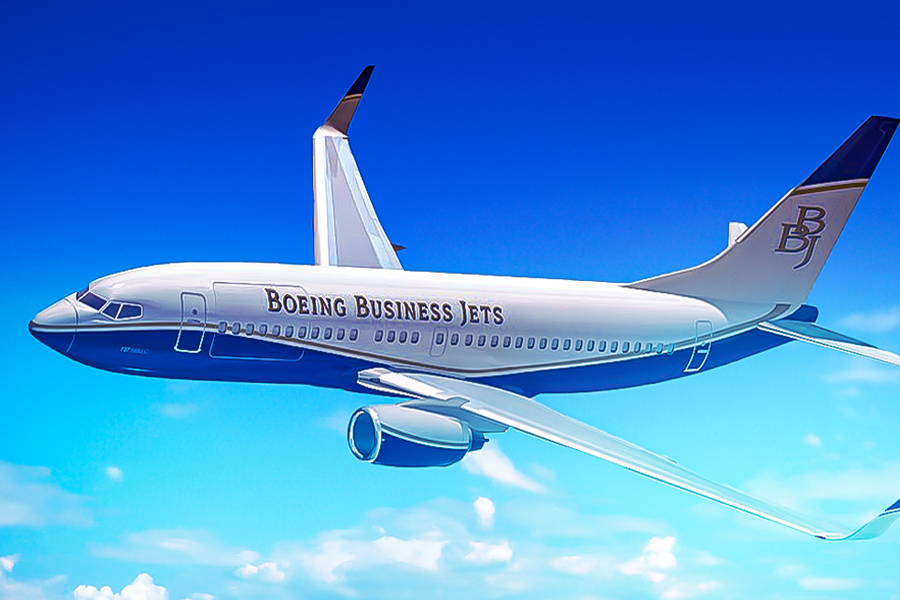
Related
What Is The Price Of A Boeing BBJ In 2024?
Should you splash the cash, or is there another option?
Catered towards large corporations
When we talk about business aviation, names like Gulfstream, Bombardier, and Cessna generally pop up. These manufacturers offer private jets with up to 19 passengers. Boeing, on the other hand, caters to large corporations that require private aircraft with a capacity of 30 to 75 passengers.
Large corporations provide private jets for their executives and management staff to travel on, generally between various corporate facilities. In 2018, the President of Boeing Business Jets, Gregory Laxton, spoke about the customer’s needs relating to BBJs by saying,
“When they come to Boeing Business Jet, they are after three things. First, they like the large cabin. In a Max 7, they get 880 square feet, which gets to the second point – that you can custom design. If you go up to a Max 8, there is 1,025 square feet, and on a Max 9, there is 1,120 square feet. Basically, then they can design the interior like a small apartment.”
Photo: Boeing Business Jets
“And the third thing is range. People want to go from city to city without stopping, so they don’t waste time. We have customers from the Middle East who can fly to London and have a sleep on the way. They may even take a little longer than they have to in order to have a really good, uninterrupted sleep. People don’t want to disrupt their journeys and their sleep with refueling.”
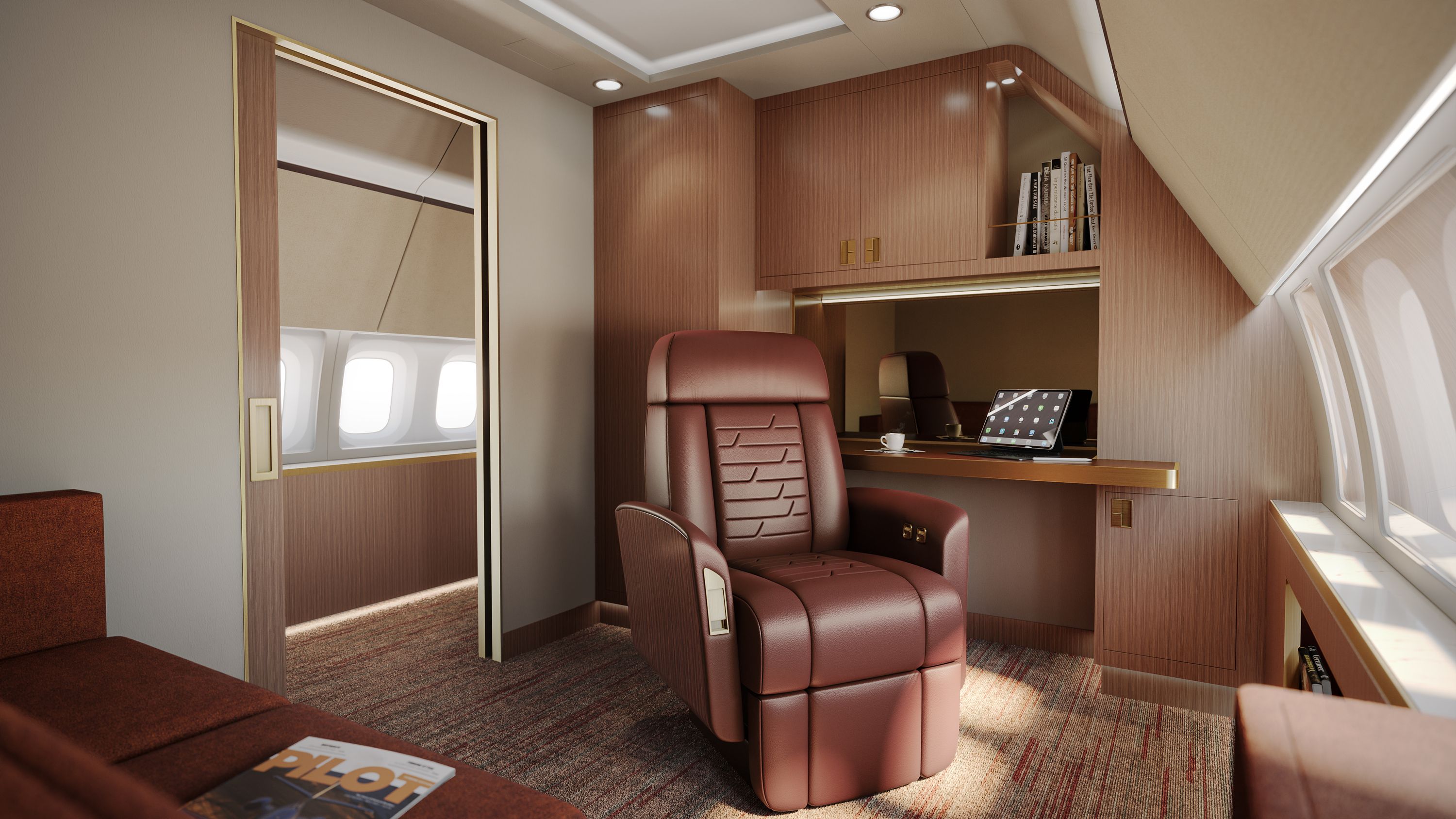
Related
Boeing Reveals New Cabin Selections For BBJ 737-7
The aircraft can comfortably travel up to 15 hours nonstop.
Current production models
Narrowbody business aircraft
| Variant | BBJ MAX 7 | BBJ MAX 8 | BBJ MAX 9 |
|---|---|---|---|
| Cabin | 884 sq ft (82.1 m2) | 1,025 sq ft (95.2 m2) | 1,120 sq ft (104.1 m2) |
| Cargo | 274 cu ft (7.8 m3) | 593 cu ft (16.8 m3) | 775 cu ft (21.9 m3) |
| Length | 116 ft 8 in (35.6 m) | 129 ft 8 in (39.6 m) | 138 ft 2 in (42.1 m) |
| Span × Height | 117 ft 10 in (35.9 m) × 40 ft 4 in (12.3 m) | ||
| MTOW | 177,000 lb (80.3 t) | 181,200 lb (82.2 t) | 194,700 lb (88.3 t) |
| Max Payload | 32,500 lb (14.7 t) | 35,200 lb (16 t) | 38,800 lb (17.6 t) |
| OEW | 106,200 lb (48.2 t) | 110,200 lb (50 t) | 117,700 lb (53.4 t) |
| Furnishings | 15,500 lb (7 t) | 18,000 lb (8.2 t) | 21,000 lb (9.5 t) |
| MEW | 90,700 lb (41.2 t) | 92,200 lb (41.8 t) | 96,700 lb (43.9 t) |
| Fuel capacity | 10,103 US gal (38,244 L) | 10,381 US gal (39,296 L) | 10,910 US gal (41,299 L) |
| Engines (2×) | CFM International LEAP-1B | ||
| Range (8 pax) | 6,600 nmi (12,225 km; 7,600 mi) | 6,465 nmi (11,975 km; 7,440 mi) | 6,355 nmi (11,770 km; 7,313 mi) |
Photo: Boeing | Skystyle | KiPcreating
Boeing currently offers three BBJs in the narrowbody category, all based on the 737 MAX aircraft: the BBJ MAX 7, BBJ MAX 8, and BBJ MAX 9.
- BBJ 737-7 (BBJ MAX 7): The jet’s fuselage is 6 ft 4 in (1.93 m) longer than the original BBJ1. Moreover, it features a range (6,600 NM) that is nearly 450 NM farther than the BBJ1. Notably, the 737 MAX 7 is currently undergoing airworthiness certification.
- BBJ 737-8 (BBJ MAX 8): First flew in April 2018, and delivered in October that year. It is the most popular of the three variants, offering tremendous size and range for elite customers.
- BBJ 737-9 (BBJ MAX 9): Largest member of the BBJ MAX family, offering a luxurious cabin with a spacious area of nearly 1,120 square feet (104.1 m2). The first BBJ MAX 9 was delivered in August 2021.
Widebody business aircraft
| Variant | BBJ 787-8 | BBJ 787-9 |
|---|---|---|
| Cabin | 2,340 sq ft (217.3 m2) | 2,688 sq ft (249.7 m2) |
| Cargo | 4,397 cu ft (124.5 m3) | 5,452 cu ft (154.4 m3) |
| Length | 186 ft 1 in (56.7 m) | 206 ft 1 in (62.8 m) |
| Span | 197 ft 3 in (60.1 m) | |
| Height | 55 ft 6 in (16.9 m) | 55 ft 10 in (17 m) |
| MTOW | 502,500 lb (227.9 t) | 560,000 lb (254 t) |
| Max Payload | 78,000 lb (35.3 t) | 104,600 lb (47.4 t) |
| OEW | 277,000 lb (125.7 t) | 295,400 lb (134 t) |
| Furnishings | 40,000 lb (18.1 t) | 45,000 lb (20.4 t) |
| MEW | 237,000 lb (107.6 t) | 250,400 lb (113.6 t) |
| Fuel capacity | 33,340 US gal (126,206 L) | 33,380 US gal (126,357 L) |
| Engines | GEnx-1B or Rolls-Royce Trent 1000 | |
| Range (25 pax) | 9,960 nmi (18,445 km; 11,460 mi) | 9,475 nmi (17,550 km; 10,904 mi) |
Photo: Greenpoint Technologies
What are your thoughts on the Boeing Business Jets and its beginning? Share your views in the comments section.

